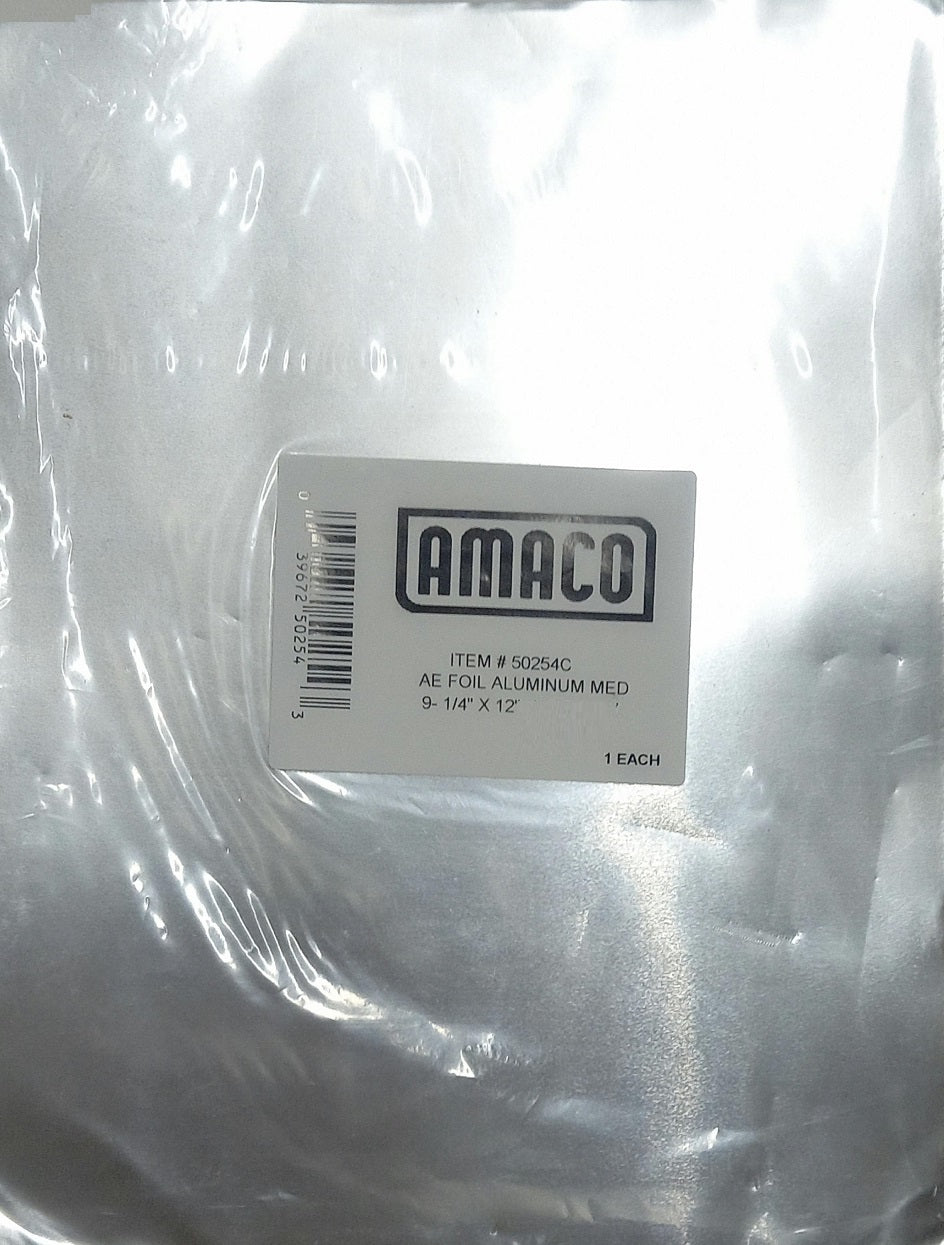Removing Colour with Intention: Exploring Discharge, Decolourants & Strippers
Most of the time we’re adding colour — layering, mixing, dyeing. But sometimes, the magic happens when we take colour away.
This month, we’re exploring the many ways you can remove or reduce colour from fabric safely and creatively. Whether you’re correcting a dye job, creating pattern effects, or preparing fabric for re-dyeing, there’s a colour removal technique to suit every dyer.
What Does “Colour Removal” Mean?
Colour removal is the process of taking dye out of fabric using specific chemical agents. Unlike bleach, which can weaken fibres and leave unpredictable results, professional discharge and decolourant products give you control, safety, and repeatable results.
Each method reacts differently depending on your fibre and dye type — so it’s all about choosing the right tool for the job.
Why Would You Remove Colour?
- To create patterns and contrast on pre-dyed fabric
- To strip unwanted dye before re-dyeing
- To achieve layered effects through discharge or decolourant printing
- To experiment creatively with fading, misting, or resist-style textures
- To reverse tie-dye: start with a black or dark garment, remove areas of colour using a discharge or decolourant technique, then re-dye those sections in bright shades. This can be easier than dyeing a true black — which often requires a boil-on dye — and gives striking, high-contrast results.
Why Try It?
- It’s a great way to add pattern to already-dyed fabric.
- You can layer it with over-dyeing for beautiful depth and complexity.
- Revive pieces that didn’t turn out as planned — turning “meh” into magic!
- Discharge allows for precision where bleach can streak or damage your fabric.
- Opens up a different approach to dyeing.
Why Use Professional Products Over Household Bleach?
Our colour removal products use a reduction-type bleaching process. Unlike regular chlorine bleach, they don’t oxidise the fabric. Instead, they donate electrons to break the bond between the fibre and the dye, gently removing colour without compromising the strength of the fabric.
Regular bleach is an oxidative bleach. It removes colour by taking electrons from the dye, which can also weaken the fibre, potentially causing holes or breaks over time. Professional products achieve colour removal more safely and effectively while preserving your fabric for future use.
Our Range of Colour Removal Products

- Discharge Powder C – A powdered form that’s mixed fresh. Excellent for screen or block printing where precision is needed.
- Discharge Liquid FD – A ready-to-use liquid, great for brushwork or freehand painting.
- Jacquard Decolourant Paste – Designed for fabric painting or stamping. When heat is applied, it gently removes colour without damaging fibres.
- Jacquard Decolourant Mist Spray – Perfect for soft, misted effects or layered gradients. Great for freeform, experimental looks.
When you want to start fresh or lighten an existing dye job, these products help remove or reduce overall colour safely.
- Kraftkolour Colour Stripper Kit – Ideal for resetting fabric before a new dye project. Works to remove or lighten existing dye without harsh bleaching effects.
Our Range of Colour Removal Products - Product Comparison
Curious how each product behaves? We’ve put them to the test — screen printing, stencilling, and painting with different brushes — and created a visual card for each one. Take a look and see which product inspires your next experiment!





What to Expect: Dye Type and Colour Depth Matter
The results of colour removal depend heavily on the type of dye originally used, as well as the colour and intensity. Some key points to keep in mind:
- Darker colours, especially black or very deep shades, are much harder to fully remove. You’ll rarely achieve a pure white; instead, expect lighter tones or muted shades.
- Fibre-reactive dyes and natural dyes will respond differently — some lift easily, others resist discharge or decolouring.
- Each piece of fabric is unique. Variations in fibre content, previous dye batches, and even washing history can influence the outcome.
- Testing a small swatch first is essential to see how a particular item will respond before committing to the full process.
Understanding these factors helps set realistic expectations and encourages experimentation, so you can plan your projects creatively while avoiding surprises.
Tips for Best Results
- Always read the product instructions carefully before use
- Test a small swatch first — different dyes react differently to colour removal
- Works best on natural fibres like cotton, silk, and rayon. If unsure of the fibre content, test first
- Rinse thoroughly and neutralise after discharging
- All colour removal methods use chemicals that require proper safety precautions for your skin, eyes, and airways. Work in a well-ventilated area, wear gloves, and consider a respirator
Just Remember...
Colour removal is one of those processes that feels like alchemy — watching dye lift away to reveal new possibilities underneath. Whether you’re refining, reworking, or experimenting, these tools give you the control to take away colour for any of your projects!


